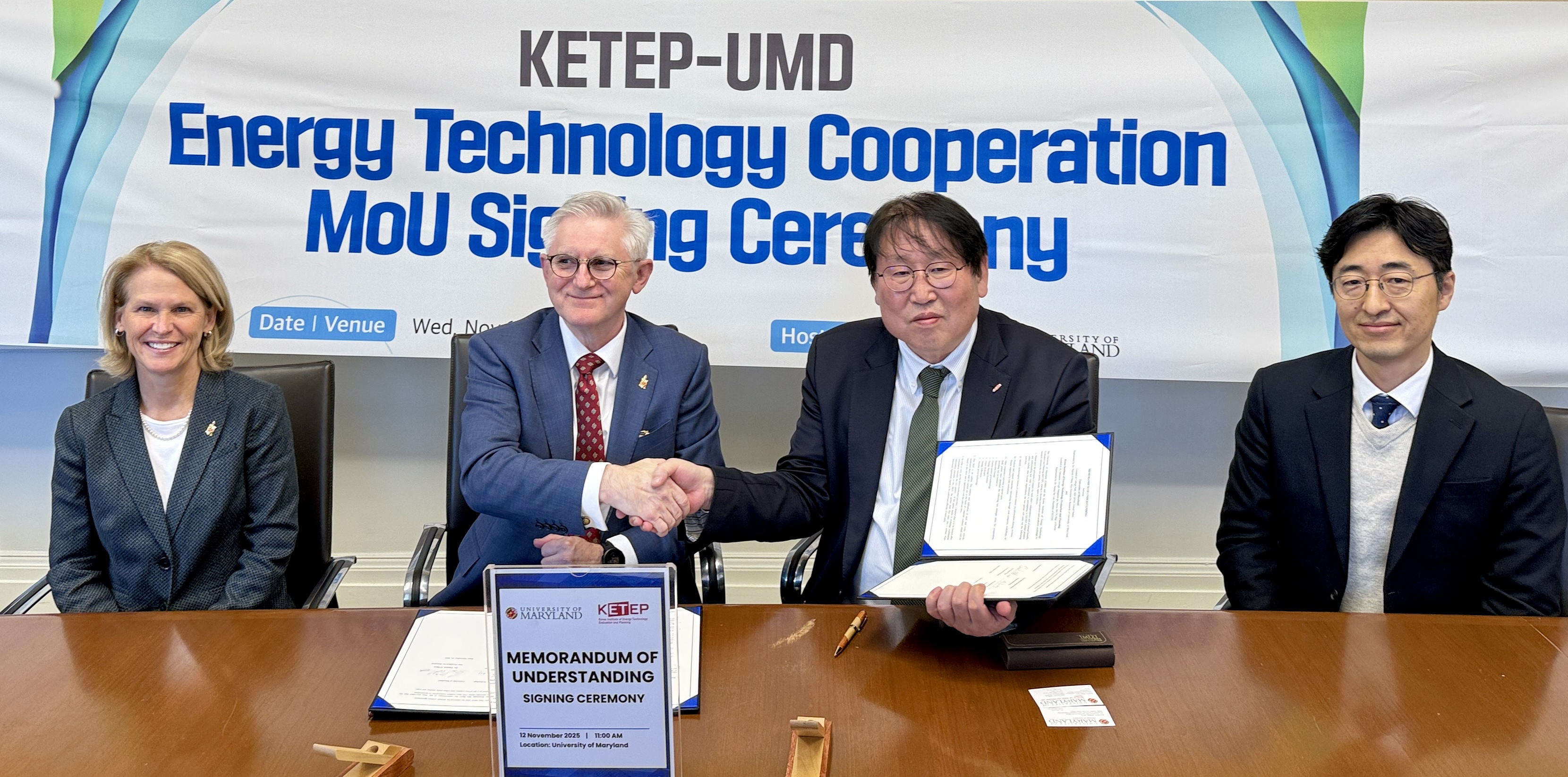News Story
Periodic Structures on Metal Films for Plasmon Assisted Selective Fluorescence Excitation (ISR IP)
For more information, contact ISR External Relations Director
Jeff Coriale at coriale@umd.edu or 301.405.6604.
Inventors: Igor Smolyaninov, Christopher Davis, Yu-Ju Hung
Description
Fluorescence-based sensing and imaging is widely used in biology. Current detection of fluorescence is determined by the dyes used for labeling, both in microscopy and in gene chips for genomics and proteomics. The disclosed device can be integrated into a commercial fluorescence optical microscope without extra special optical alignment. It improves the sensitivity of the fluorescence detection by enhancing the fluorescence signals by at least an order of magnitude. In addition, it allows spatial control of where fluorescence is excited with different wavelengths. This adds an additional dimension for selectivity in fluorescence-based sensing and imaging. Competing technologies lack this flexibility and ease of use and require complicated optics for signal collection.
The fundamental technology is a dielectric grating, or an array of dielectric gratings, (periodic patterns with various symmetries and periodicities) that are placed on top of a thin metal film. These structures allow the selective excitation of surface plasmons that excite fluorosphores near the metal surface. This selective excitation can be spatially and wavelength controlled, and the plasmon excitation boosts the intensity of the fluorescence signal. Various selective binding agents that can be selectively fluorescently tagged, or other chemically modifiable fluorosphores, are placed on top of the dielectric gratings.
This invention crosses two major disciplines, those being plasmonics and micro biology. The invention is currently a product of the plasmonics team at UMCP and there will need to be considerable assistance from a microbiology contributor yet to be identified.
The final product is considered to be easy to put into mass production, however, this will need to be verified by an outside partner with experience in similar production issues such as the manufacture of gene chips.
Commercialization Potential
Initial views of this technology indicate that it has definite commercial possibilities. Its strengths are:
• Use in bio-sensing, currently a high profile industry opportunity.
• An evolutionary not revolutionary step.
• Reduced cost.
• Increased flexibility, accuracy and reproducibility.
• The potential opportunity to address the consumer market.
• Future applications outside the initial target market.
It also will provide the foundation for meeting the requirements published by the EPA for future Biowatch sensor deployments. Those requirements are:
• Rapidly recognize the release of likely biological agents before the onset of clinical illness.
• Low false alarm.
• Unattended for extended periods.
• Sense several different threats simultaneously.
• Portability.
For more information
If you would like to license this intellectual property, have questions, would like to contact the inventors, or need more information, contact ISR External Relations Director Jeff Coriale at coriale@umd.edu or 301.405.6604.
Find more ISR IP
You can go to our main IP search page to search by research category or faculty name. Or view the entire list of available IP on our complete IP listing page.
ISR-IP-Davis ISR-IP-biological ISR-IP-medicine ISR-IP-sensors
Published June 23, 2007









